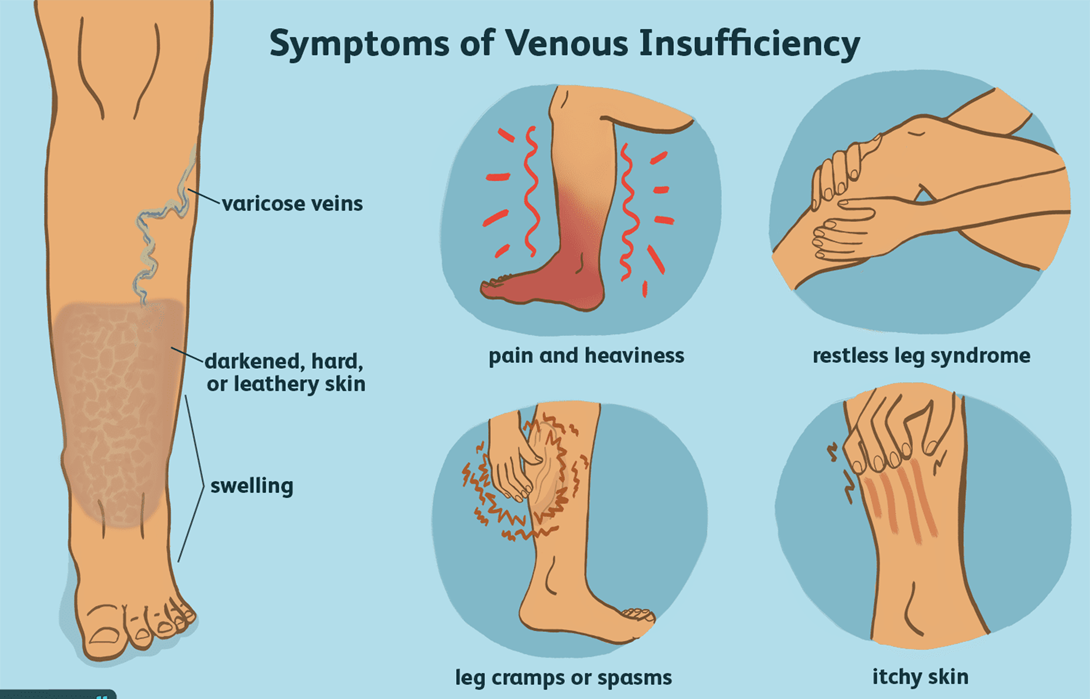A nurse is teaching a client about carbon monoxide poisoning. Which of the following statements should the nurse identify as an indication that the client needs further instruction?
A high concentration of carbon monoxide can cause death.
I should purchase a carbon monoxide detector for my home.
Breathing in carbon monoxide can cause headaches and nausea.
I can detect the presence of carbon monoxide by a metallic odor.
The Correct Answer is D
Choice A reason: A High Concentration of Carbon Monoxide Can Cause Death
This statement is correct. Carbon monoxide (CO) is a colorless, odorless, and tasteless gas that can be deadly at high concentrations. It binds to hemoglobin in the blood more effectively than oxygen, leading to hypoxia (lack of oxygen) in body tissues. High levels of CO can cause severe symptoms such as confusion, loss of consciousness, and death if not treated promptly.
Choice B reason: I Should Purchase a Carbon Monoxide Detector for My Home
This statement is also correct. Installing a carbon monoxide detector in the home is a crucial safety measure. These detectors can alert individuals to the presence of CO, allowing them to take action before the gas reaches dangerous levels. It is recommended to place detectors near sleeping areas and to test them regularly to ensure they are functioning properly.
Choice C reason: Breathing in Carbon Monoxide Can Cause Headaches and Nausea
This statement is accurate. Early symptoms of carbon monoxide poisoning include headaches, dizziness, nausea, and fatigue. These symptoms occur because CO interferes with the body’s ability to transport and use oxygen, leading to hypoxia. If exposure continues, symptoms can worsen and lead to more severe health issues.
Choice D reason: I Can Detect the Presence of Carbon Monoxide by a Metallic Odor
This statement indicates a need for further instruction. Carbon monoxide is odorless, which means it cannot be detected by smell. This is why CO is often referred to as a “silent killer.” Relying on the ability to smell CO is dangerous and ineffective. The only reliable way to detect CO is through the use of a carbon monoxide detector.
Nursing Test Bank
Naxlex Comprehensive Predictor Exams
Related Questions
Correct Answer is D
Explanation
Choice A reason: Dependent rubor
Dependent rubor is a reddish discoloration of the skin that occurs when the leg is in a dependent position (hanging down). This condition is typically associated with arterial insufficiency rather than chronic venous insufficiency. Arterial insufficiency occurs when there is inadequate blood flow through the arteries, leading to symptoms such as pain, cramping, and changes in skin color. Dependent rubor is a sign of poor arterial circulation and is not commonly seen in venous insufficiency.
Choice B reason: Thick, deformed toenails
Thick, deformed toenails can be a sign of fungal infections or other conditions affecting the nails, but they are not specifically indicative of chronic venous insufficiency. While individuals with chronic venous insufficiency may have poor circulation that can contribute to nail problems, this symptom is not a primary or common finding associated with the condition. Instead, it is more often related to other underlying health issues.
Choice C reason: Hair loss
Hair loss on the legs can occur due to various reasons, including poor circulation. However, it is more commonly associated with arterial insufficiency rather than chronic venous insufficiency. In arterial insufficiency, the reduced blood flow can lead to hair loss, shiny skin, and other changes in the lower extremities. Chronic venous insufficiency primarily affects the veins and leads to symptoms such as swelling, varicose veins, and skin changes.
Choice D reason: Edema
Edema, or swelling, is a hallmark symptom of chronic venous insufficiency. This condition occurs when the veins in the legs are unable to effectively return blood to the heart, leading to blood pooling in the lower extremities. The increased pressure in the veins causes fluid to leak into the surrounding tissues, resulting in swelling. Edema is often more pronounced at the end of the day or after prolonged periods of standing or sitting. Managing edema is a key aspect of treating chronic venous insufficiency, and it often involves the use of compression stockings, elevation of the legs, and other measures to improve venous return.

Correct Answer is ["A","B","D","E"]
Explanation
Choice A reason:
Clean clothing is necessary for maintaining hygiene and comfort in disaster situations. Limited access to laundry facilities makes having extra clothing essential for preventing infections and staying dry in extreme weather.
Choice B reason:
Personal identification is crucial during emergencies to access aid, medical services, and shelters. Important documents such as passports or insurance cards help verify identity and facilitate assistance.
Choice C reason:
Three quarts of water per person is not the recommended amount. The standard guideline advises one gallon of water per person per day to meet hydration and sanitation needs, ensuring sufficient supply in prolonged emergencies.
Choice D reason:
Matches are useful for starting fires needed for cooking, warmth, and signaling for help. Waterproof matches or lighters should be included to ensure functionality in wet conditions.
Choice E reason:
Prescription medications are vital for those with chronic health conditions. Having a sufficient supply ensures continuity of treatment, especially when pharmacies may be inaccessible during disasters.
Whether you are a student looking to ace your exams or a practicing nurse seeking to enhance your expertise , our nursing education contents will empower you with the confidence and competence to make a difference in the lives of patients and become a respected leader in the healthcare field.
Visit Naxlex, invest in your future and unlock endless possibilities with our unparalleled nursing education contents today
Report Wrong Answer on the Current Question
Do you disagree with the answer? If yes, what is your expected answer? Explain.
Kindly be descriptive with the issue you are facing.
